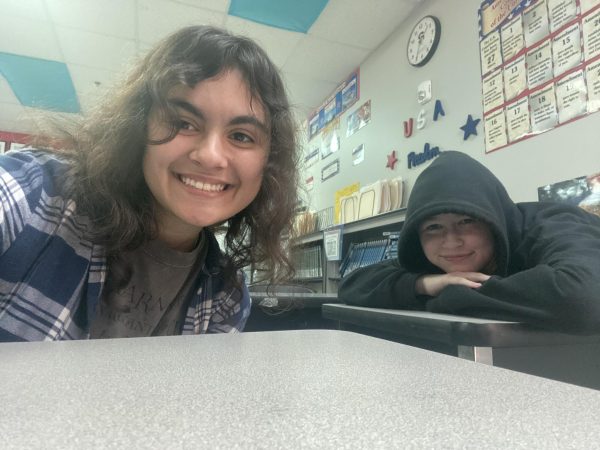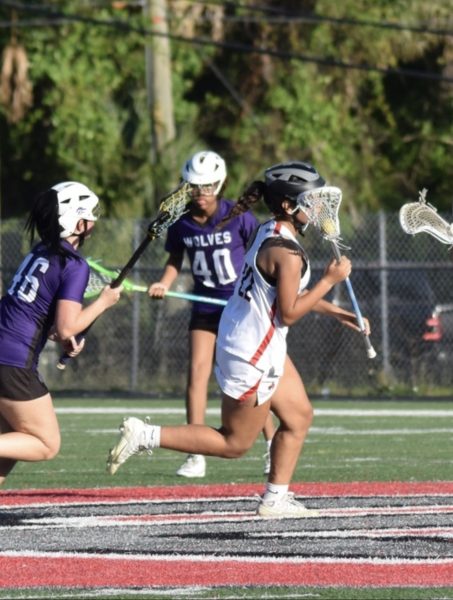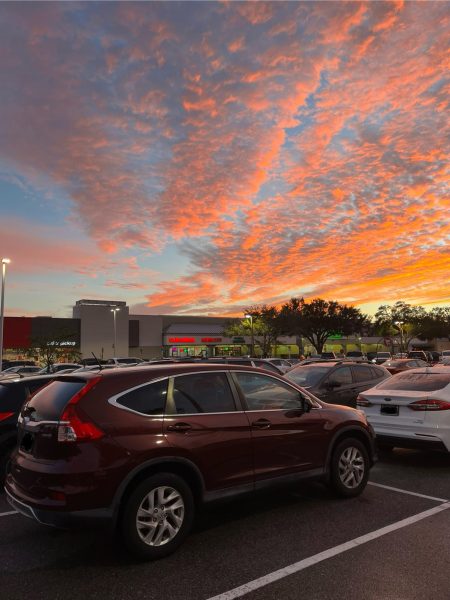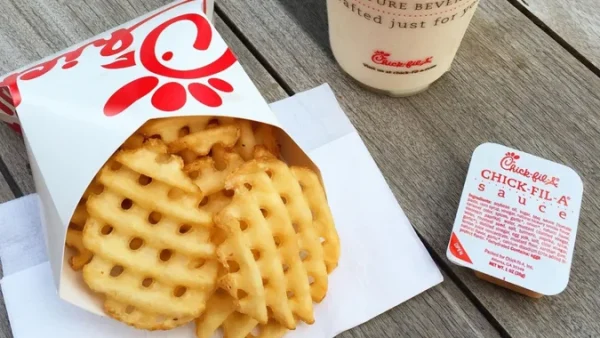School Lunches: Balancing Between Nutrition and Expenses
January 13, 2015
Most students don’t know that our cafeteria is responsible for not only the meals they make for us, but for most of the other Seminole county schools as well. As a high school cafeteria, it’s commonplace to hear complaints about the limited food choices there are, but you probably didn’t know that every item they serve must pass a certain nutrition requirement, and remain in an appropriate budget.
Here’s a fun fact: ketchup is considered a vegetable now according to the federal government. While that may disturb you, put yourself in the government’s shoes. They know that students must have a certain level of nutrition to be healthy, but they also don’t want to spend the money to supply it — compromise? Call a packet of ketchup a veggie. Furthermore, kids generally don’t eat salad if provided with junk food. Think about it, what teenager is actually going to eat a salad, side of vegetables, and a bottle of water everyday for lunch? The handful that will is considerably small. The state requires dining services to supply us with the right amount of each food group, therefore they must squeeze in every possible “vegetable” they can considering we won’t eat it if it’s in a natural state.
“One guest, One meal, One community at a time” is the cafeteria’s motto. At Lake Mary, Mr. Steve O’Rourke is in charge of the food services, and making sure that he puts a meal in front of every student in need. It isn’t hard to make and keep that promise, but he can only spend what is allotted. Name brand chicken nuggets, Papa John’s pizza, and top of the line hamburgers that we all love isn’t an option with O’Rourke’s tight budget. On top of having a budget, he must be aware of how much is wasted because kids are eating at the Ramnation station
“Some days I can cook 20 pizzas and only waste two, other days I can throw away about eight to ten whole pizzas. It is what it is, but that’s money down the drain that I could’ve spent serving better options.” O’Rourke says. One really has to question whether the money being made by Ramnation sales is sabotaging the cafeteria. This is likely bound to happen when you have two meal stations working in the same area — one serving the junk we love and the other serving slightly more nutritious meals.
“The Traditional Food-Based Menu Planning” created by the USDA serves more healthy options for students and staff. That doesn’t just mean the food that is served directly from the dining department. It means every food item served in the school, must pass those regulations. If you haven’t taken a look at the vending machines, all the snacks are whole grain. Those rules also apply to the Ramnation Station, that may no longer be allowed to serve those $1 muffins we lean on for our lunch meal, or a quick sweet tooth craving satisfied by the candy choices loaded with sugar. Principal Mike Kotkin hasn’t made the decision of whether or not to cut the student store but whatever he decides goes.
In the end, the situation is reminiscent of the Federal government’s quandary over knowing what the school’s ‘should’ know versus actually supplying the funds to do it. In our case, does the administration close down Ramnation’s muffins and candy and lose desperately needed money for the school or does LMHS take the high road and take a stand for better student health and reducing child obesity by supporting more options for the cafeteria?
















